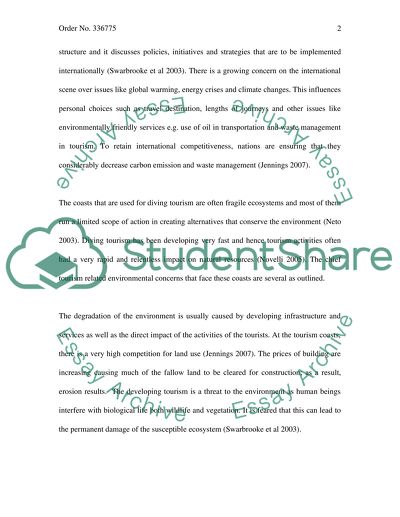Cite this document
(Diving Tourism Coursework Example | Topics and Well Written Essays - 2750 words, n.d.)
Diving Tourism Coursework Example | Topics and Well Written Essays - 2750 words. Retrieved from https://studentshare.org/tourism/1502992-diving-tourism
Diving Tourism Coursework Example | Topics and Well Written Essays - 2750 words. Retrieved from https://studentshare.org/tourism/1502992-diving-tourism
(Diving Tourism Coursework Example | Topics and Well Written Essays - 2750 Words)
Diving Tourism Coursework Example | Topics and Well Written Essays - 2750 Words. https://studentshare.org/tourism/1502992-diving-tourism.
Diving Tourism Coursework Example | Topics and Well Written Essays - 2750 Words. https://studentshare.org/tourism/1502992-diving-tourism.
“Diving Tourism Coursework Example | Topics and Well Written Essays - 2750 Words”, n.d. https://studentshare.org/tourism/1502992-diving-tourism.


